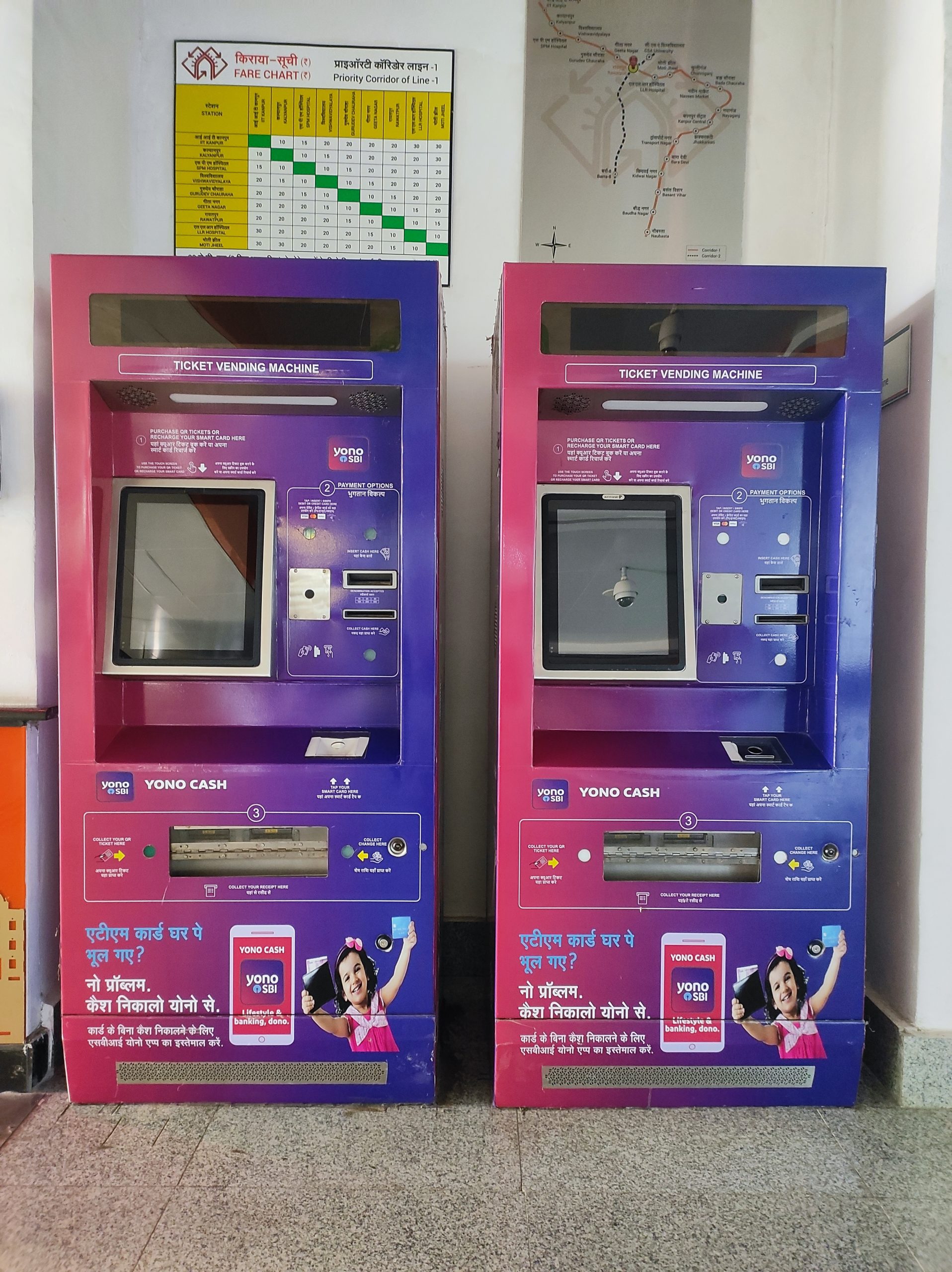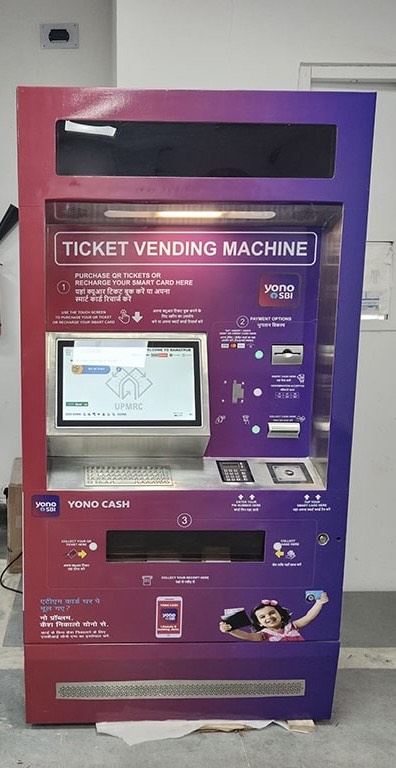
Ticket Vending Machines (TVMs) have become an integral part of modern transportation systems, providing passengers a convenient and efficient way to purchase tickets. Over the years, TVMs have evolved significantly, adapting to technological advancements and changing customer needs.
Early Days: Punch Cards and Mechanical Mechanisms
- Punch Cards: Some of the earliest TVMs used punch cards, similar to those used in early computers. Passengers would select their destination and insert a punch card into the machine, dispensing a ticket based on the punched information.
- Mechanical Mechanisms: These early TVMs relied on mechanical mechanisms to process the punch cards and dispense tickets. They were often bulky, slow, and prone to breakdowns.
Advancements in Technology
- Magnetic Cards: Magnetic cards replaced punch cards and introduced a more convenient and efficient way to store ticket information. Passengers could swipe their cards through the TVM to purchase tickets.
- Electronic Displays: TVMs began incorporating electronic displays to inform passengers about available routes, fares, and ticket options.
- Coin and Bill Acceptors: TVMs were equipped with coin and bill acceptors, allowing passengers to pay for their tickets using cash.

The Rise of Smart Technology
- Touchscreen Interfaces: Touchscreen interfaces became common in TVMs, providing a more intuitive and user-friendly experience. Passengers could easily navigate through menus and select their desired options.
- Barcode Readers: TVMs started incorporating barcode readers to validate tickets and track passenger usage.
- NFC Technology: Near-Field Communication (NFC) technology enabled contactless payment options, allowing passengers to tap their smartphones or cards on the TVM to purchase tickets.
Integration with Transportation Systems
- Real-Time Information: TVMs were integrated with transportation systems to give passengers real-time information about train schedules, platform numbers, and delays.
- Interoperability: TVMs were designed to be interoperable with other transportation modes, allowing passengers to use a single ticket for multiple journeys.
Challenges and Future Trends
- Accessibility: Ensuring that TVMs are accessible to all passengers, including those with disabilities, remains challenging.
- Cybersecurity: Protecting TVMs from cyber threats is crucial to prevent fraud and ensure the security of passenger data.
- Emerging Technologies: Future trends in TVMs include integrating facial recognition technology for passenger identification and using artificial intelligence for predictive analytics and personalized recommendations.
Accessibility and Inclusivity
- Visual and Auditory Accessibility: TVMs have incorporated visual displays and audio announcements to accommodate passengers with visual or hearing impairments.
- Physical Accessibility: TVMs are designed to be accessible to passengers with mobility limitations, including wheelchair users.
- Language Options: Many TVMs now offer multiple language options to cater to diverse passenger populations.
Data Analytics and Passenger Insights
- Usage Patterns: TVMs collect data on passenger usage, such as ticket sales, boarding times, and destination choices.
- Predictive Analytics: This data can be used to predict passenger demand, optimize ticket pricing, and improve service efficiency.
- Personalized Recommendations: TVMs can provide customised recommendations based on passenger preferences and travel history.
Integration with Mobile Apps
- Mobile Ticketing: Passengers can purchase tickets through mobile apps and validate them at TVMs using QR codes or NFC technology.
- Real-Time Information: Mobile apps can provide real-time updates on train schedules, platform numbers, and delays.
- Personalized Features: Mobile apps may offer additional features, such as trip planning, fare estimates, and loyalty programs.

Sustainable and Eco-Friendly Designs
- Energy Efficiency: TVMs are designed to be energy-efficient, reducing their environmental impact.
- Recyclable Materials: Some TVMs are constructed using recyclable materials.
- Reduced Paper Usage: Electronic ticketing has significantly reduced the need for paper tickets.
Enhanced Security Features
- Anti-Skimming Devices: TVMs are equipped with anti-skimming devices to protect against credit card fraud.
- Secure Data Transmission: Sensitive passenger data is transmitted securely using encryption.
- Regular Security Audits: TVMs undergo regular security audits to identify and address potential vulnerabilities.
Customization and Branding Opportunities
- Customizable Interfaces: TVMs can be customized with a transportation agency’s branding and messaging.
- Advertising Opportunities: TVMs can display advertisements, generating additional revenue.
- Integration with Loyalty Programs: TVMs can be integrated with loyalty programs to reward frequent passengers.
Future Trends and Innovations
- Biometric Authentication: Facial recognition or fingerprint scanning may be used for passenger identification and ticket validation.
- Augmented Reality: TVMs could incorporate augmented reality features to provide passengers with interactive information.
- Integration with Autonomous Vehicles: As autonomous vehicles become more prevalent, TVMs may need to integrate with these systems to facilitate ticket validation and payment.
Conclusion
TVMs have come a long way since their early days, evolving from simple mechanical devices to sophisticated, innovative technology. As transportation systems modernize, TVMs will undoubtedly play an increasingly important role in providing passengers with a convenient and efficient travel experience.

